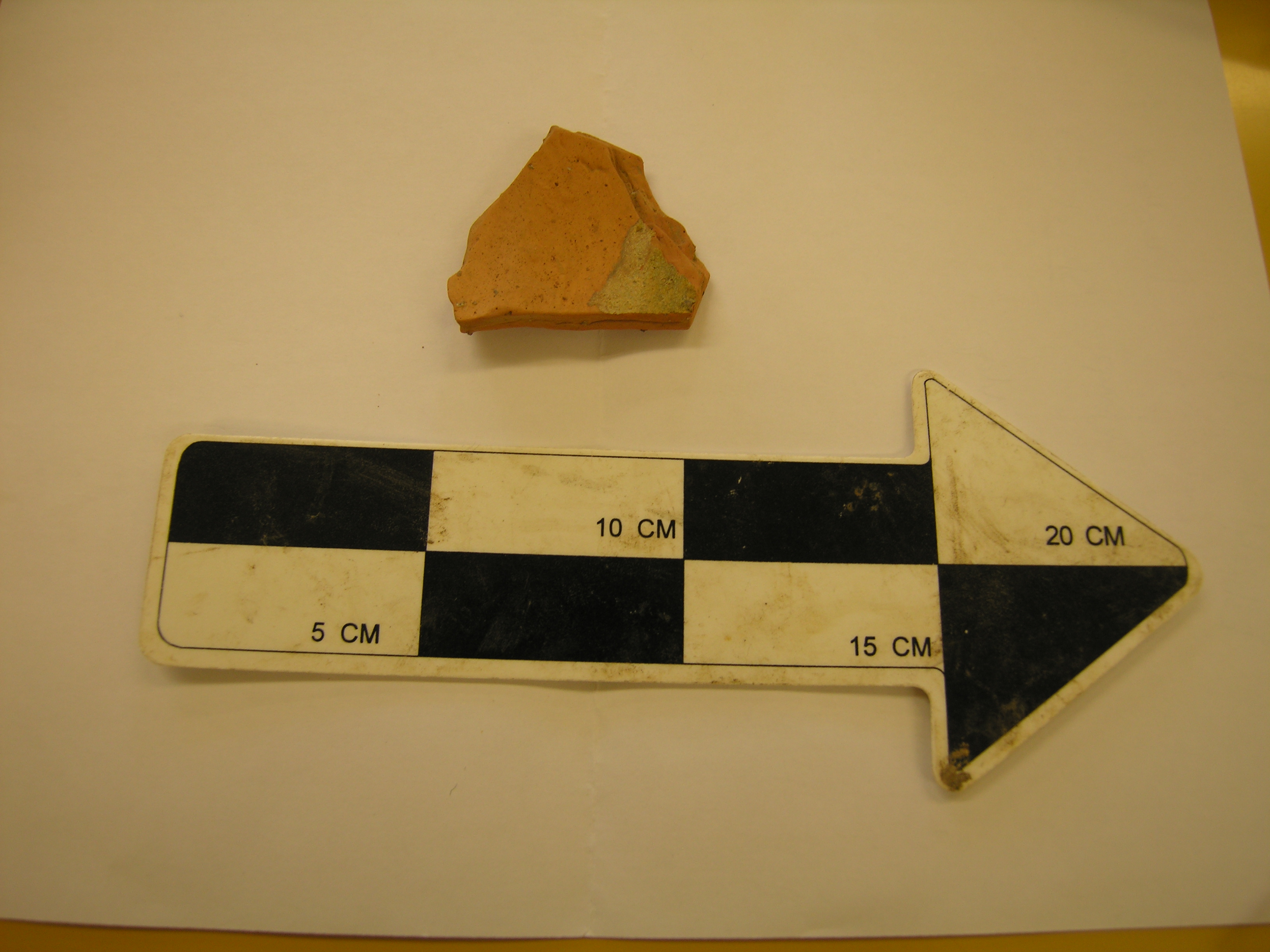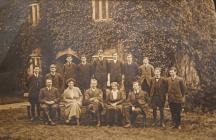Content can be downloaded for non-commercial purposes, such as for personal use or in educational resources.
For commercial purposes please contact the copyright holder directly.
Read more about the The Creative Archive Licence.
Description
The classification of this fragment of pottery is trickier than some of the other examples of pottery found during the Middleton Hall Excavation. This type of pottery is known as a gravelled tempered ware and in Wales there are two common types of this pottery that are found. The first is a local variant known as Dyfed gravel tempered ware which was produced within West Wales from the 13th to 16th century (Woods 2012). The other type, North Devon gravel tempered ware falls within a later chronology as the Dyfed variant, however as the name suggests, was produced in the south of England. Both variants where commonly used throughout the later medieval and early post medieval periods (Woods 2012). Later examples made from 1680 – 1750 where exported across the globe to British colonies, in particular, America (Watkins 1966).
The discovery of this fragment of pottery may give some indication of earlier habitation of the site, particularly if it belongs to the Dyfed variant which has an earlier production rate to that of the North Devon variant. However the North Devon chronology certainly marries into the known chronology of Middleton Hall, particularly with an earlier phase; the occupation; compared to a large majority of the finds which dated to the demolition of the hall. (Woods 2012).
As this is a very small body fragment it is not possible to accurately place what form of vessel or object that would have belonged too, although this type of pottery was used for all manner of vessels (Watkins 1966).
Watkins, C. M. 1966 North Devon Pottery and its Export to America in the 17th Century. In, Contributions from the Museum of History and Technology, Vol XIII. Library of Alexandria.
Woods, M. 2012 The National Botanic Garden of Wales: A History Through Finds. University of Wales, Trinity Saint David. Unpublished






Do you have information to add to this item? Please leave a comment
Comments (0)
You must be logged in to leave a comment